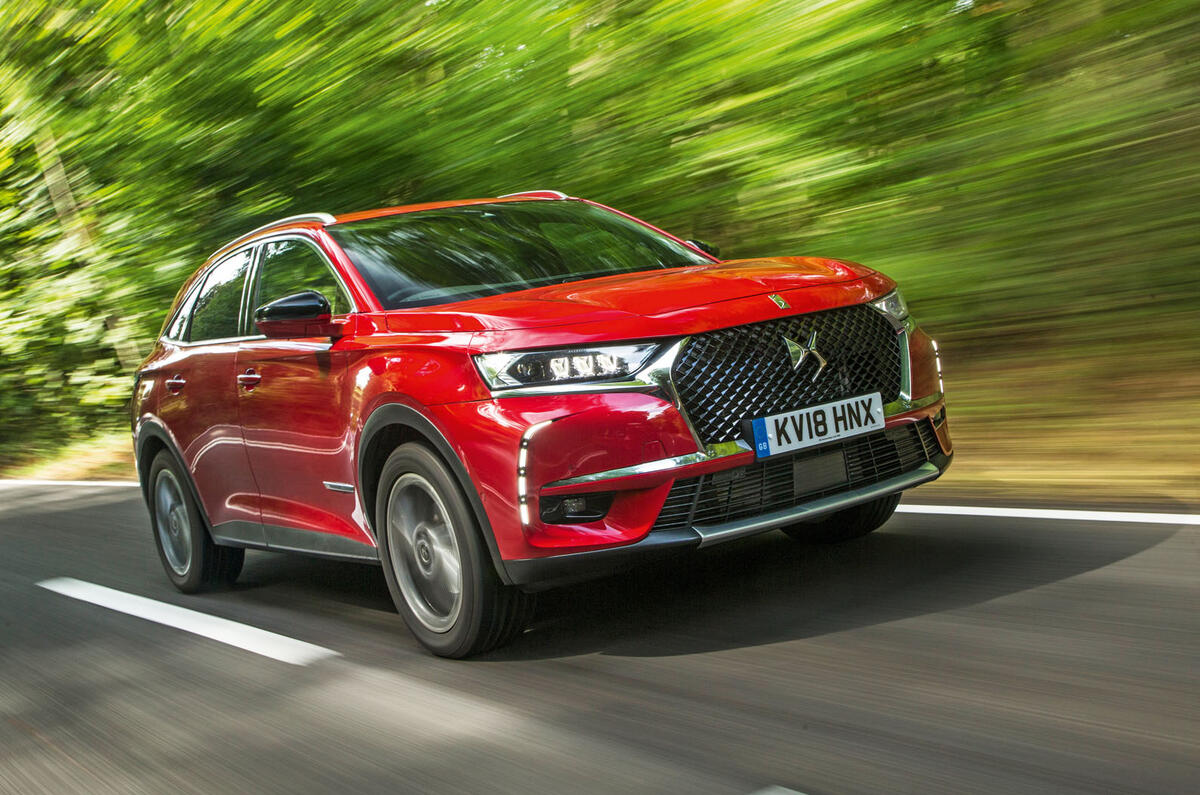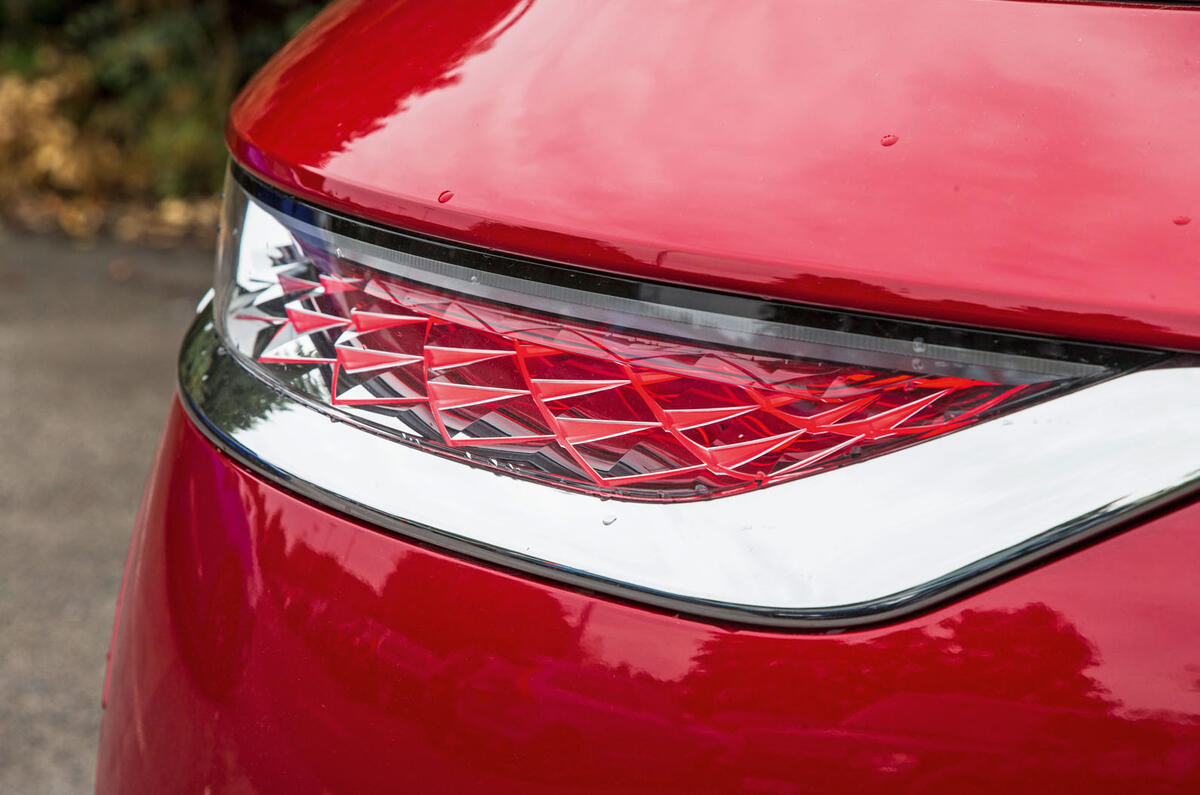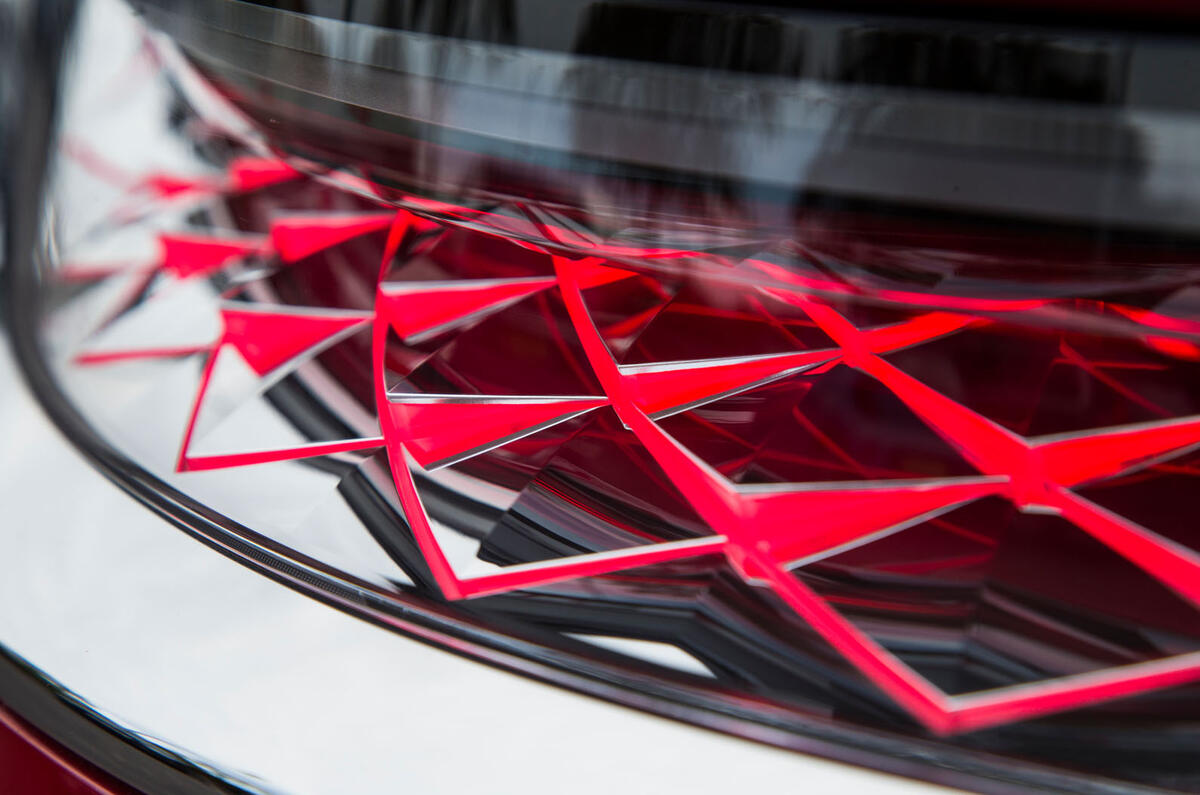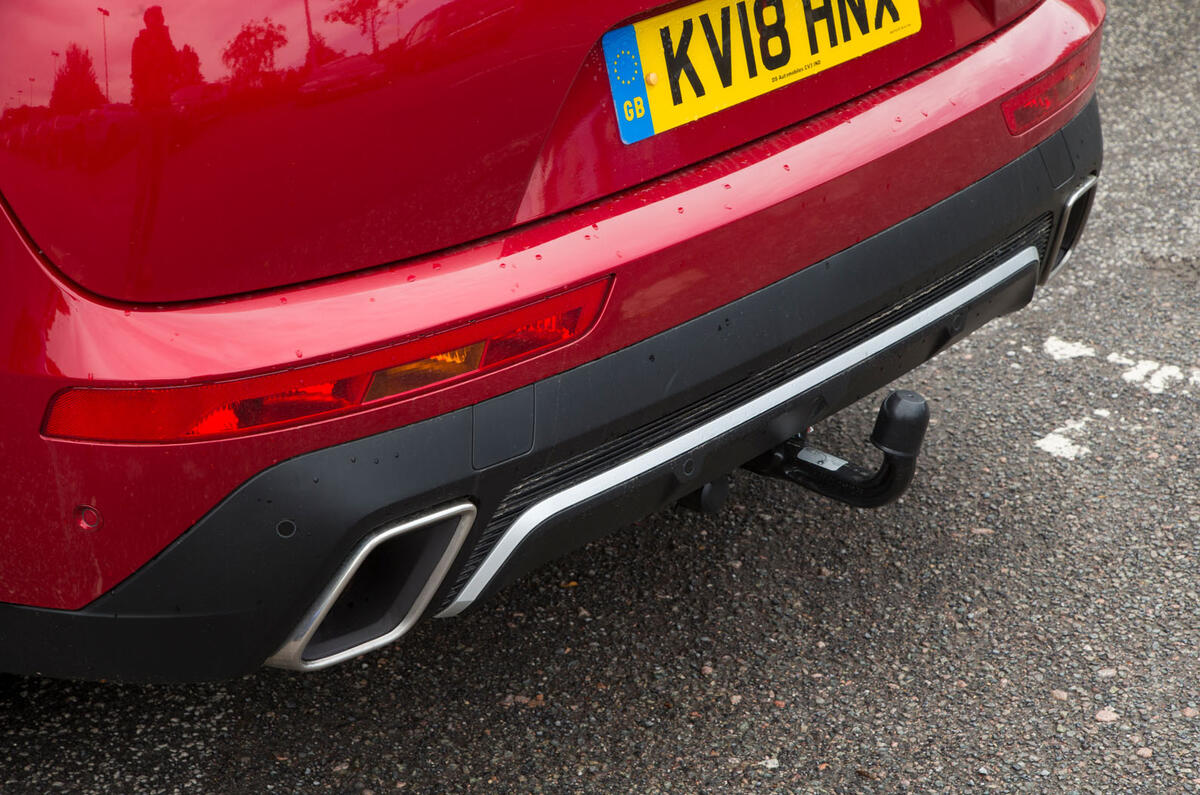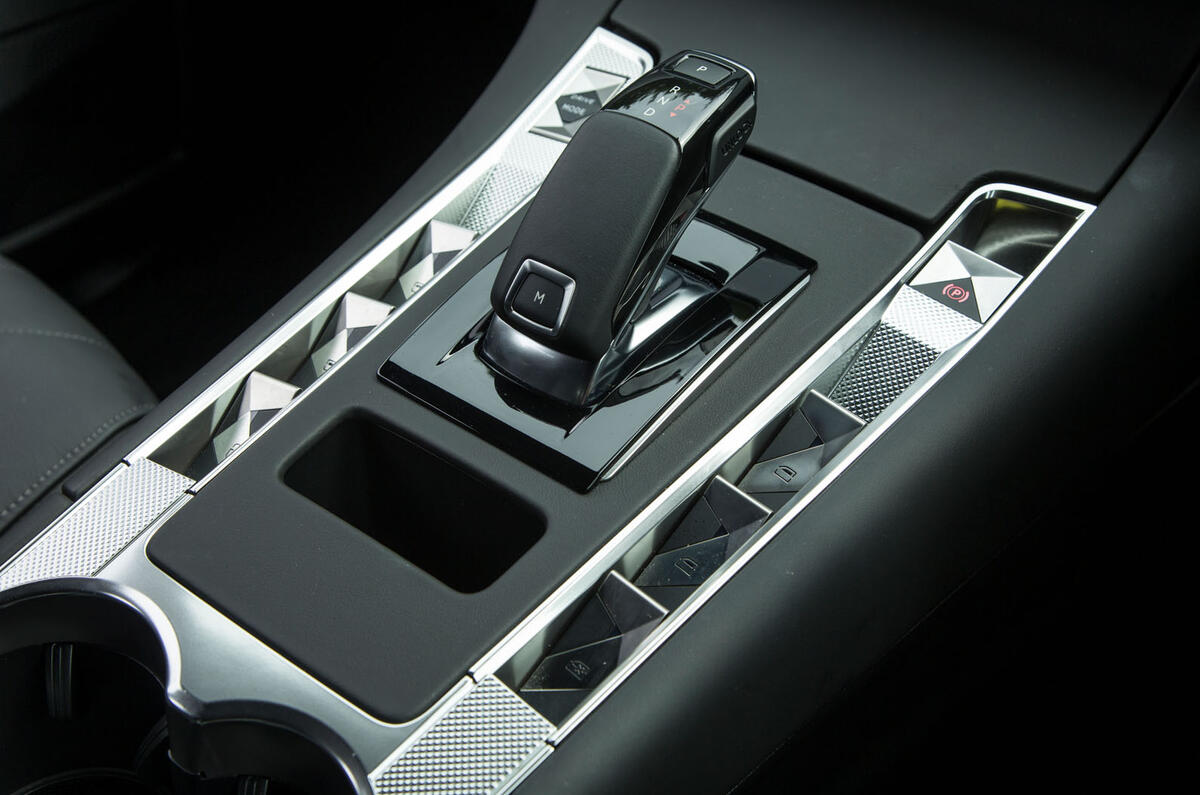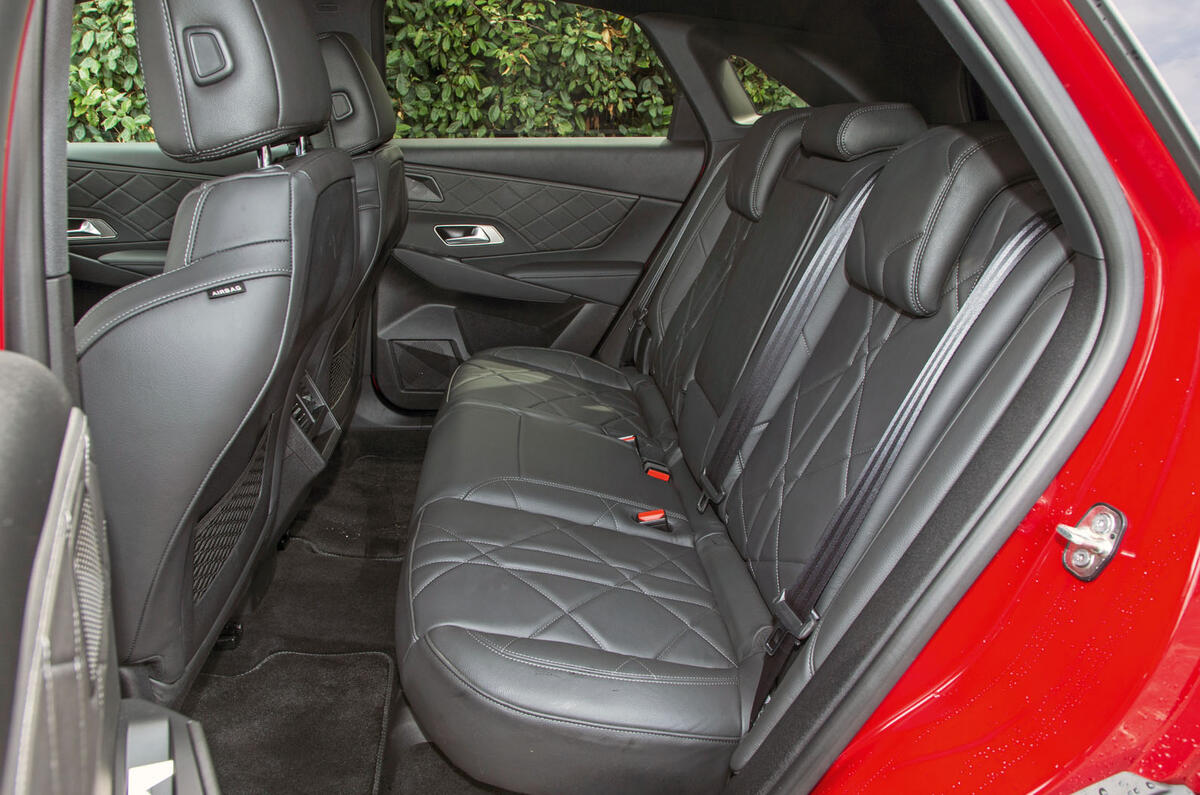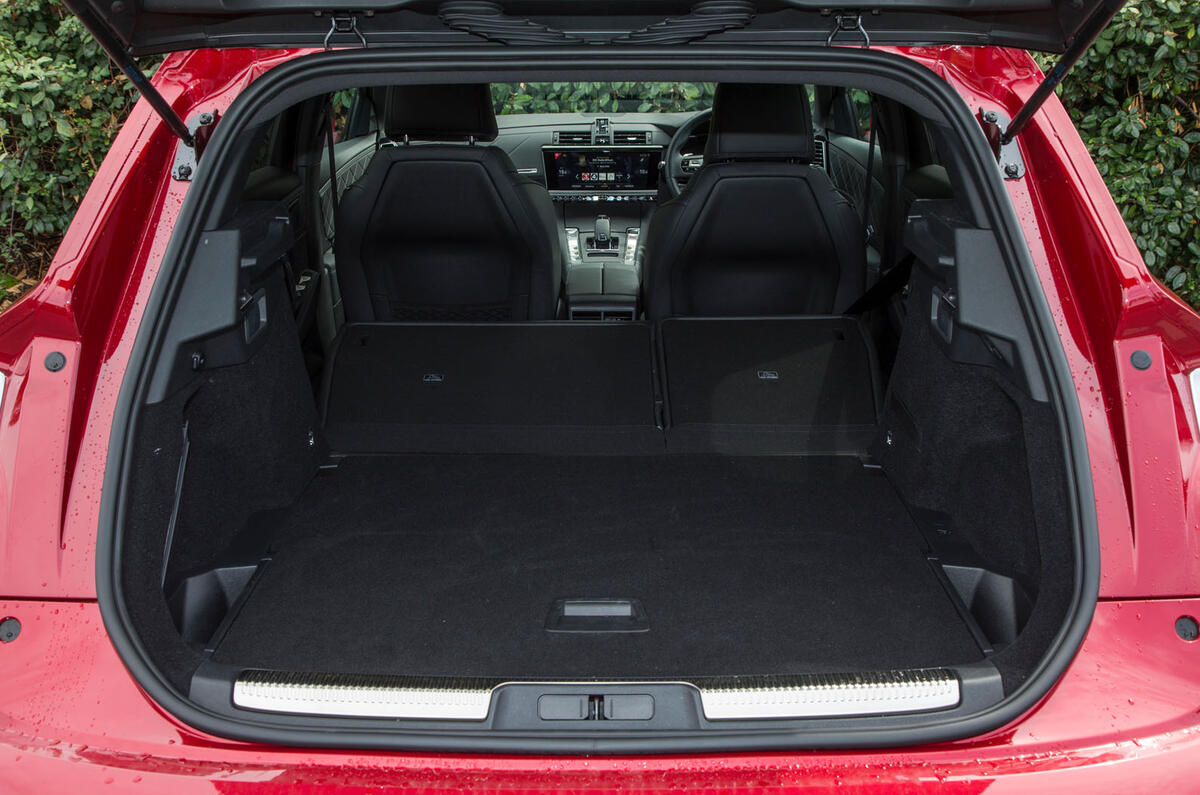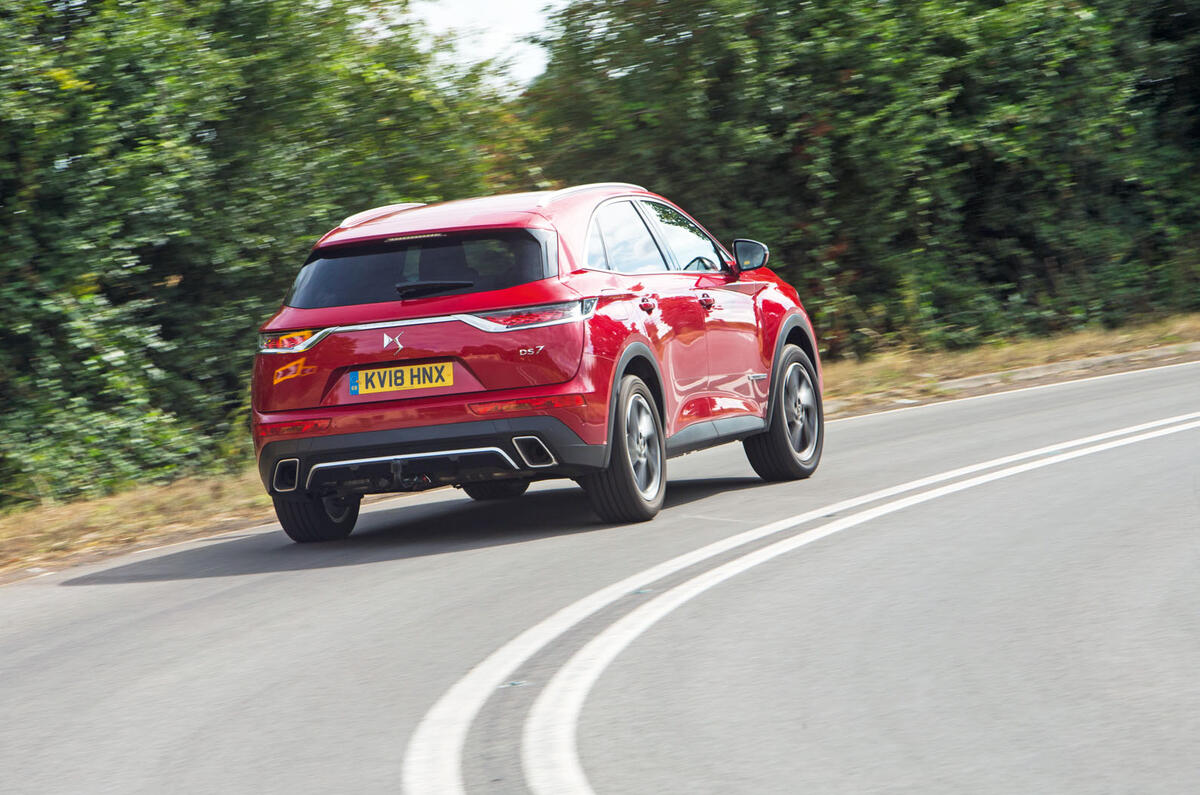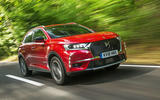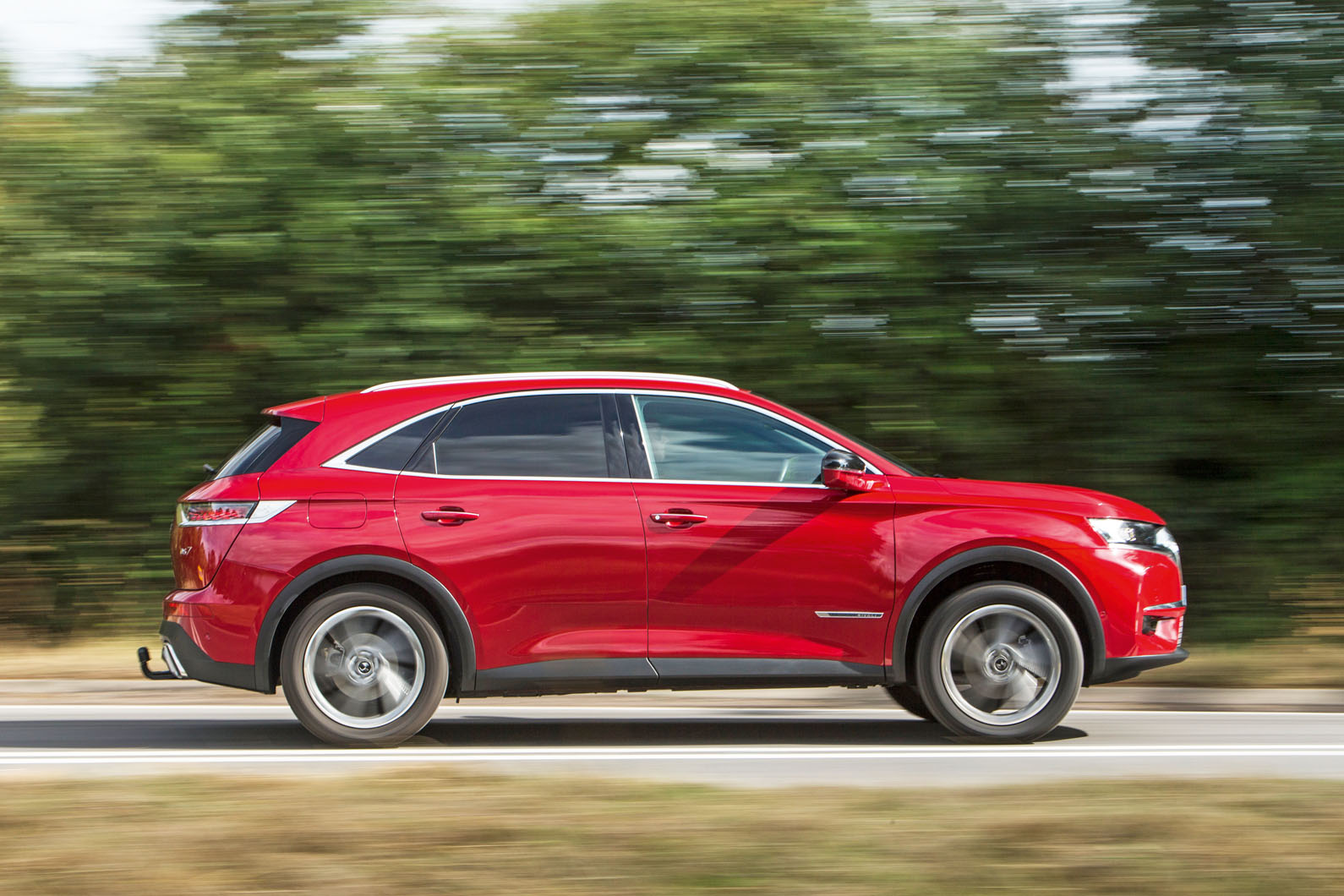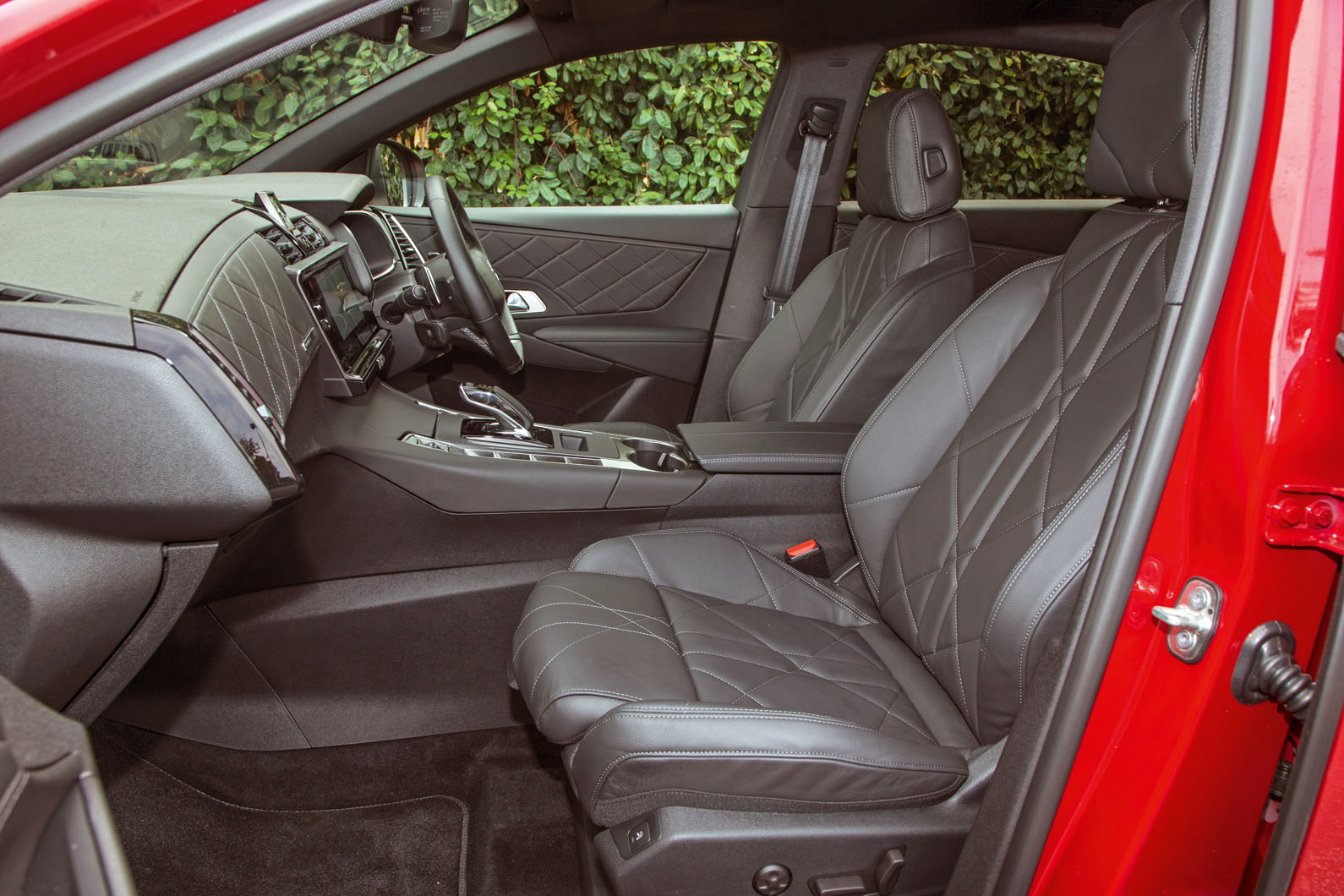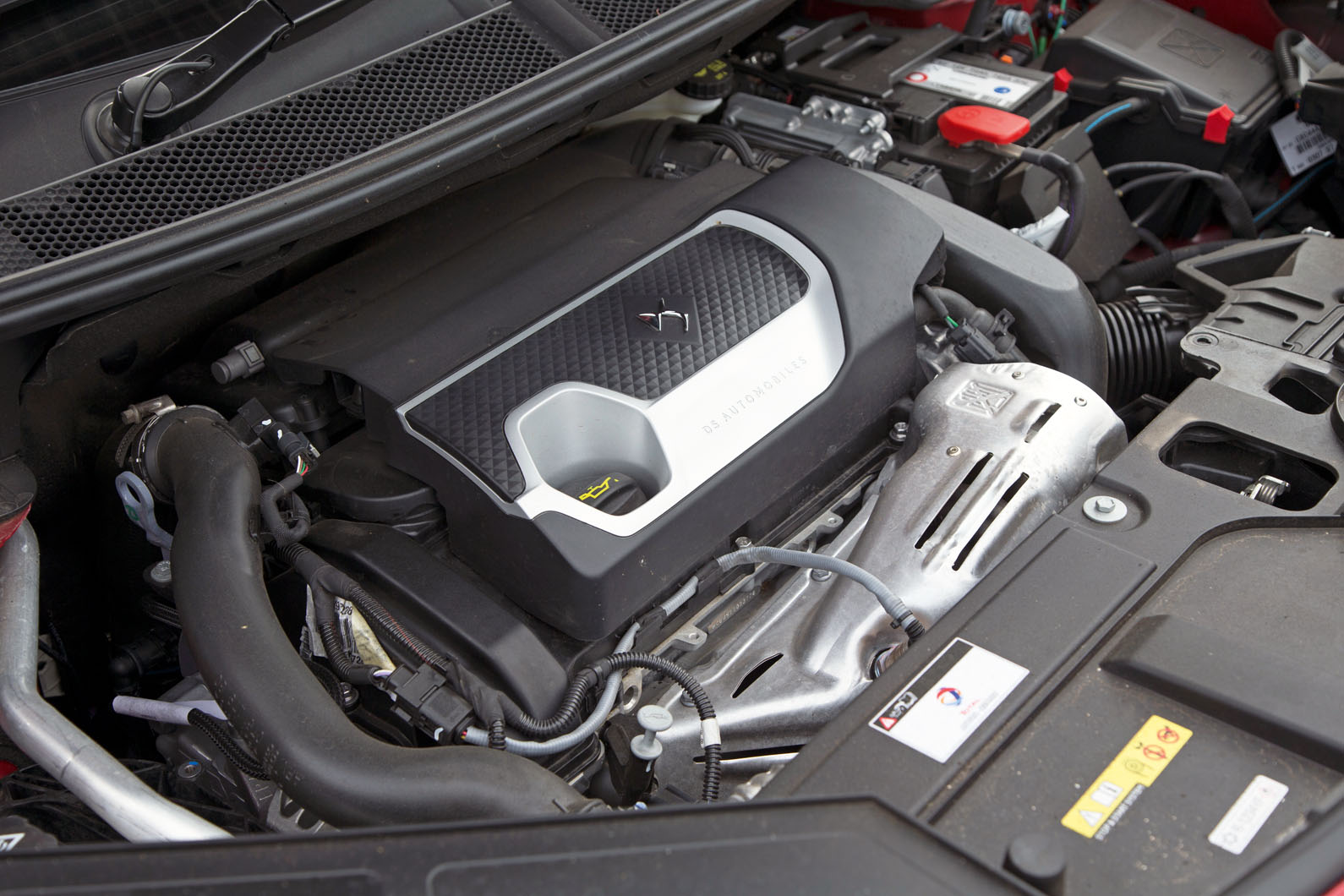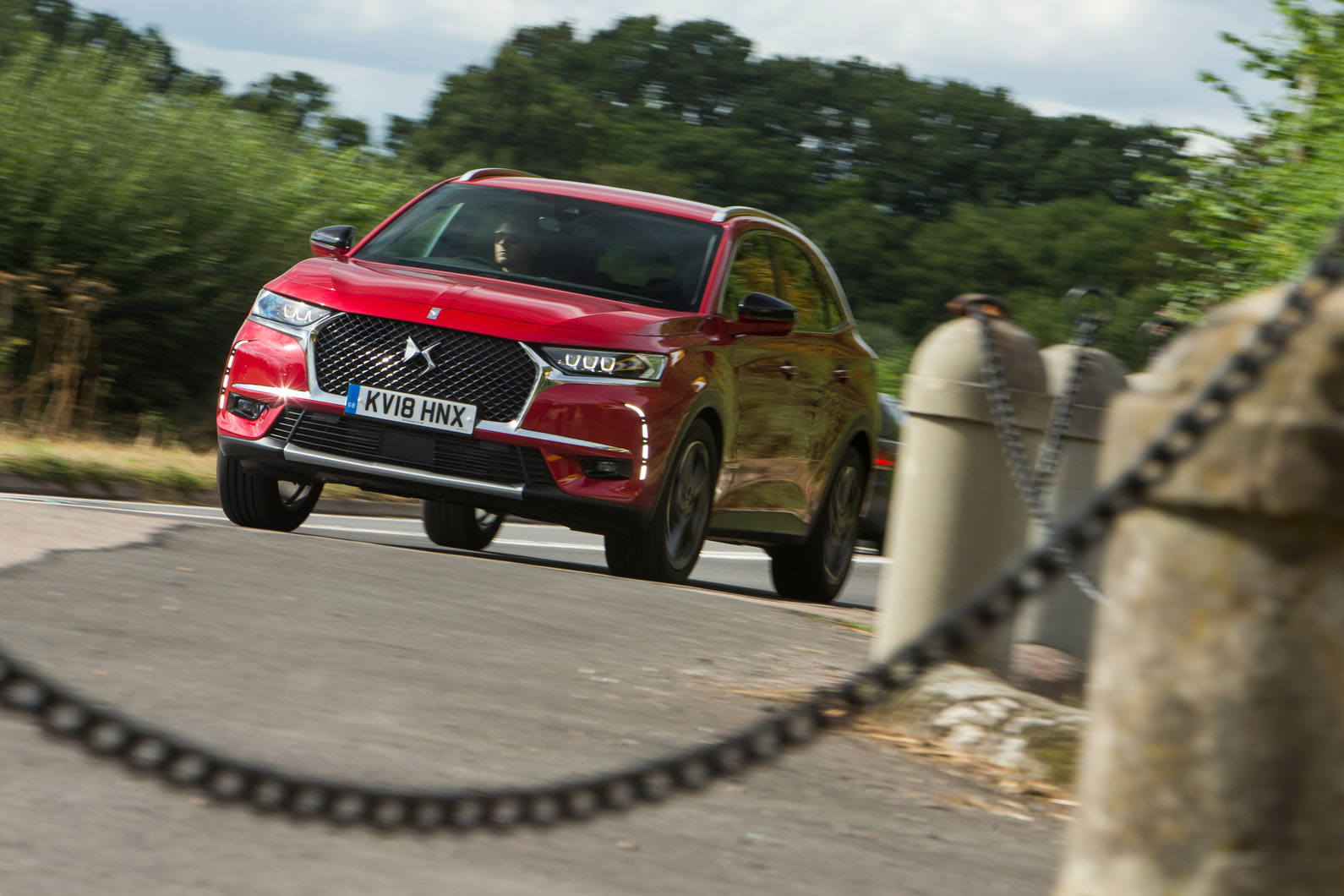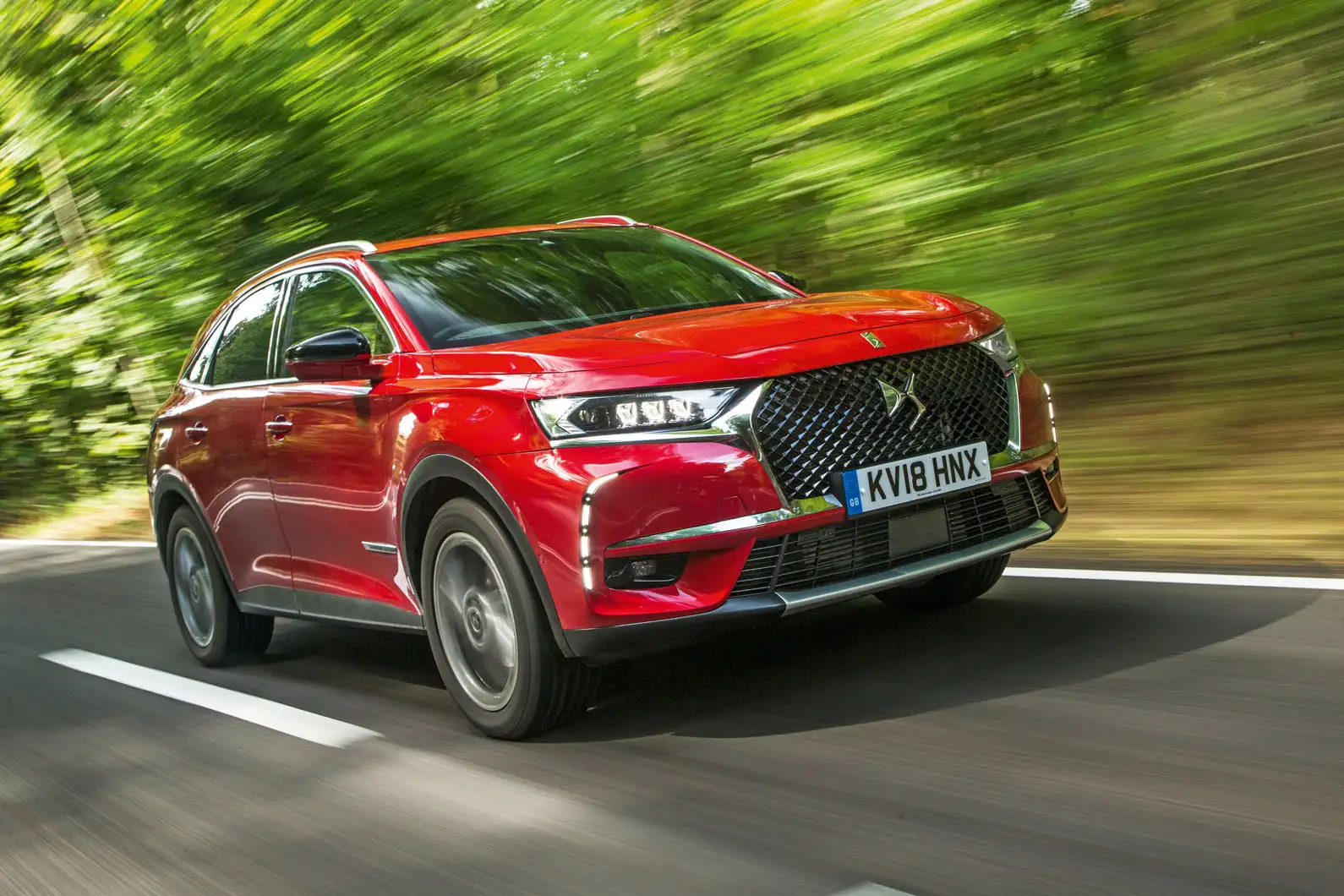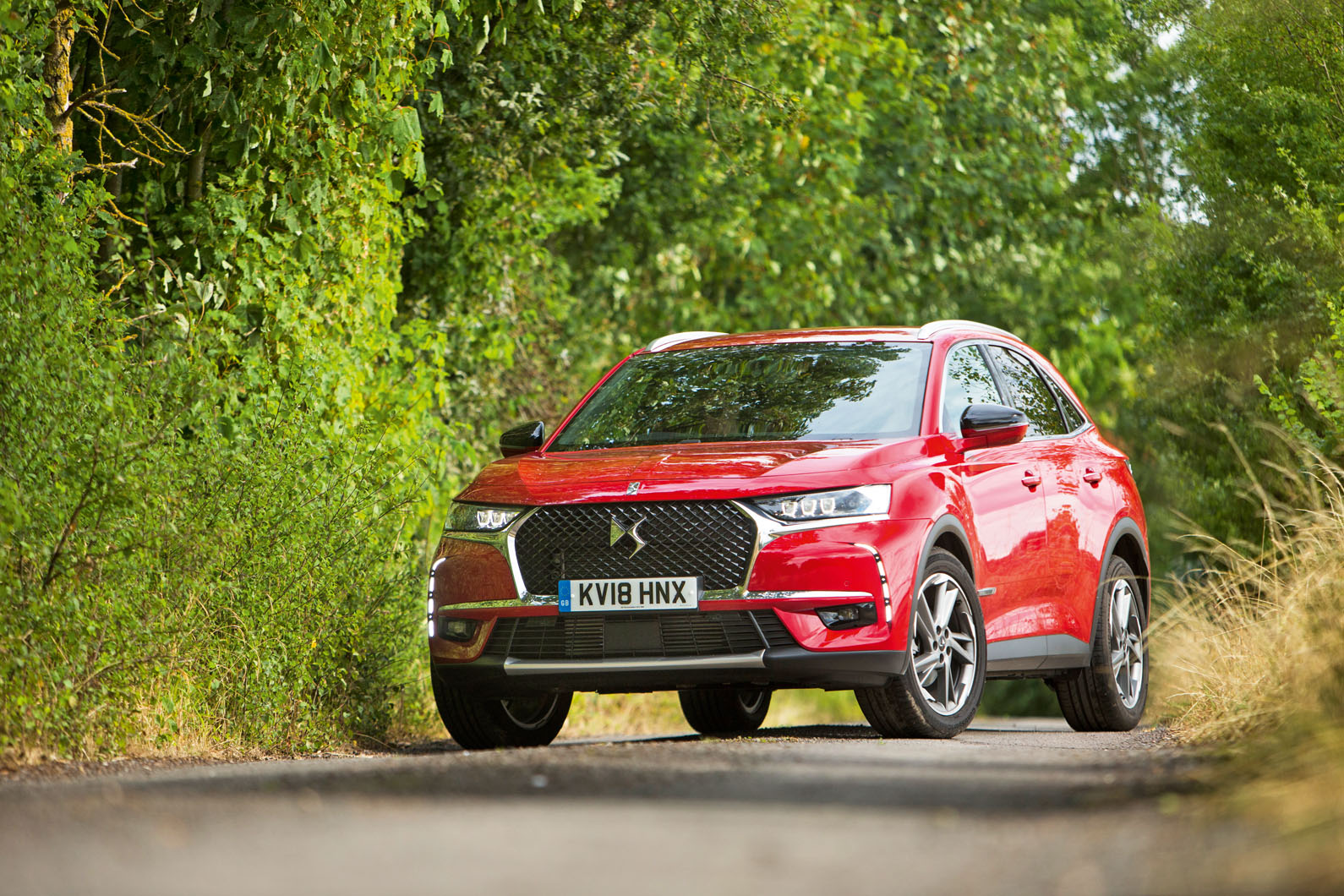Despite only being established as a standalone brand in 2014, DS Automobiles’ fledgling status as a manufacturer in its own right hasn’t stopped it from coming out swinging.
Billed as the PSA Group’s luxury arm, DS has its sights locked on the likes of Audi, BMW, Mercedes and Jaguar; and its first big challenge is to convince the motoring world – both the press and consumers alike – that it has earned the right to be seen in the same light as these European heavyweights.
The new DS 7 Crossback is the car – or, more specifically, the compact SUV – its French manufacturer hopes will elevate the brand to the next level. And although there have been a number of exclusively DS-badged vehicles available since its split from Citroën – think DS 3, DS 4 Crossback and DS 5 – the DS 7 Crossback is the first model the newly formed marque has designed from the ground up.
That DS’s first in-house model is an SUV is no coincidence, either. The C-SUV market is where the money is, after all, and offers DS the best shot at turning a tidy profit. That said, the newbie French brand isn’t planning on limiting itself exclusively to SUVs: the DS 7 Crossback is the first in a line of six different models that will be released over six consecutive years, with electrification set to play a key role in the brand’s future offerings.


